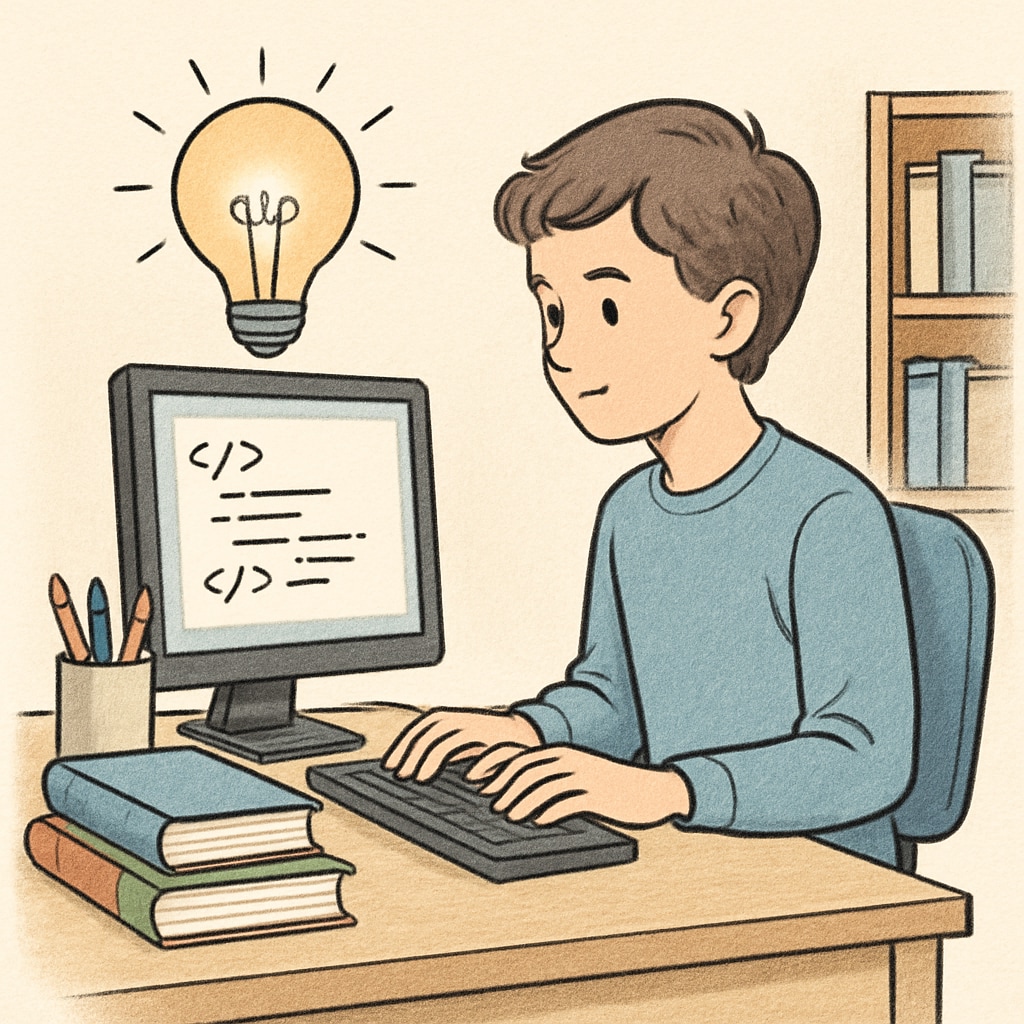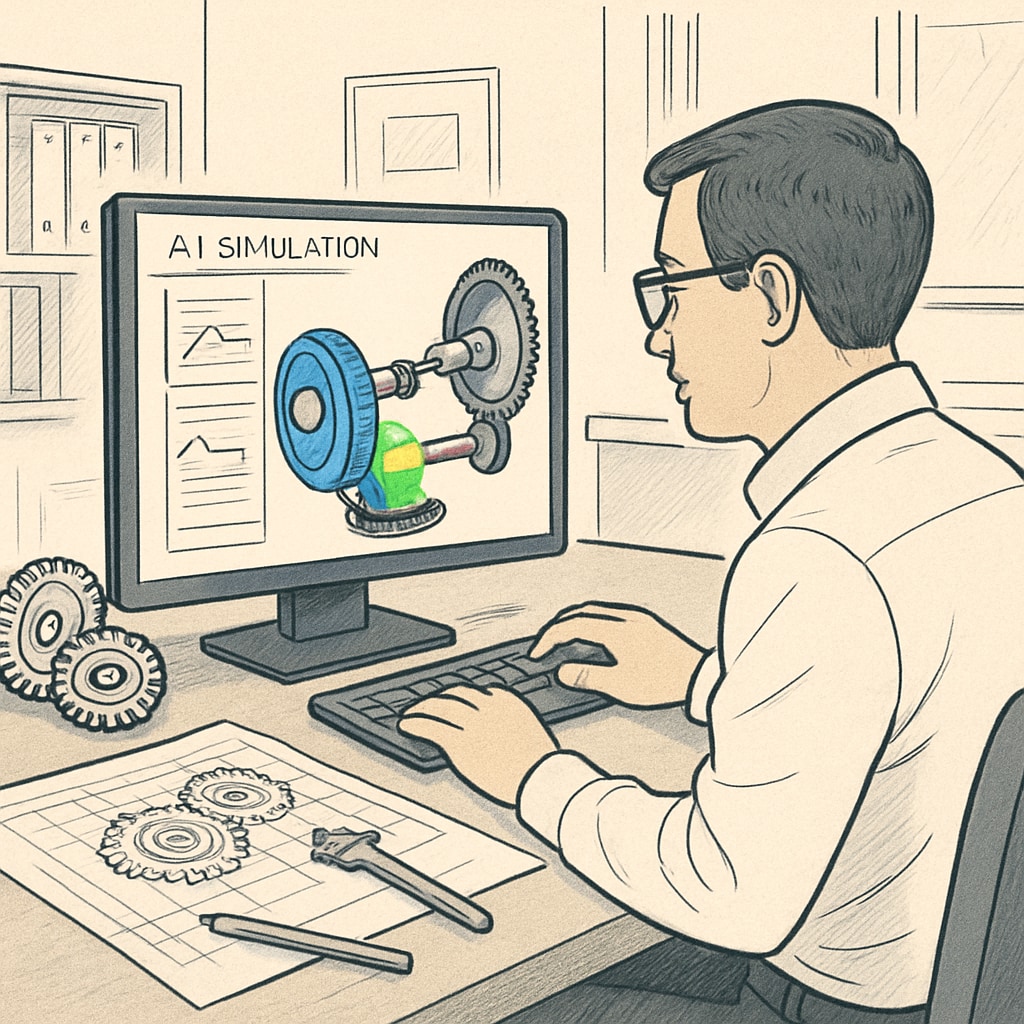In today’s rapidly evolving digital age, teens often encounter the challenging question of career choices, particularly between becoming a programmer or an engineer. With artificial intelligence (AI) reshaping industries, understanding the nuances of these professions is essential. Both fields offer immense opportunities, but knowing how they align with individual skills and interests is the key to making informed decisions.
Understanding the Core Differences Between Programming and Engineering
At first glance, programming and engineering may seem similar due to their reliance on technical problem-solving. However, their core objectives differ significantly. A programmer focuses on writing, testing, and maintaining code to create software applications, while an engineer often applies a broader range of scientific and mathematical principles to design systems, structures, or hardware.
For example, software developers (a common role in programming) work primarily with code to build applications or algorithms. Engineers, on the other hand, may specialize in fields like mechanical, civil, or electrical engineering, solving tangible, real-world problems. Understanding these distinctions can help teens evaluate which field better suits their abilities and aspirations.

The Impact of Artificial Intelligence on Both Fields
Artificial intelligence is transforming both programming and engineering, creating new challenges and opportunities. In programming, AI tools like machine learning and natural language processing are becoming integral to developing smarter software. Engineers, meanwhile, are leveraging AI to optimize designs, improve manufacturing processes, and even automate construction tasks.
For teens considering these paths, it’s crucial to recognize that AI is not replacing professionals but enhancing their capabilities. For example, programmers might use AI-driven tools to debug code faster, while engineers could simulate complex systems using AI to predict their behavior. This technological synergy highlights the future-proof nature of both careers.

How to Choose the Right Path: Self-Assessment and Exploration
Choosing between programming and engineering requires self-reflection and exploration. Here are some practical steps teens can take:
- Evaluate strengths: Are you more analytical and detail-oriented? Programming might be for you. Or do you enjoy hands-on problem-solving and designing tangible systems? Engineering could be a better match.
- Seek experiences: Participate in coding bootcamps, robotics clubs, or STEM competitions to gain firsthand exposure to both fields.
- Consult mentors: Speak with professionals in programming and engineering to understand their day-to-day responsibilities and career trajectories.
- Stay flexible: Remember, your career path isn’t set in stone—many skills overlap, and switching between roles is possible with the right training.
The Future Outlook: Growth and Opportunities
Both programming and engineering are expected to remain in high demand. According to the Bureau of Labor Statistics, software development roles are projected to grow by 25% from 2021 to 2031. Similarly, engineering fields like civil and mechanical engineering are experiencing steady growth as infrastructure and sustainability projects expand worldwide.
For teens, this offers reassurance that either path can lead to a stable and rewarding career. However, staying adaptable and continuously upgrading skills—especially in AI-related technologies—will be essential to thriving in these fields.
Ultimately, the choice between programming and engineering is deeply personal. By understanding the unique opportunities each field offers and aligning them with individual passions, teens can confidently step into a fulfilling career in the digital age.
Readability guidance: Use short paragraphs and lists to summarize key points. Ensure clarity by defining technical terms briefly. Distribute transition words evenly to maintain a smooth flow.


